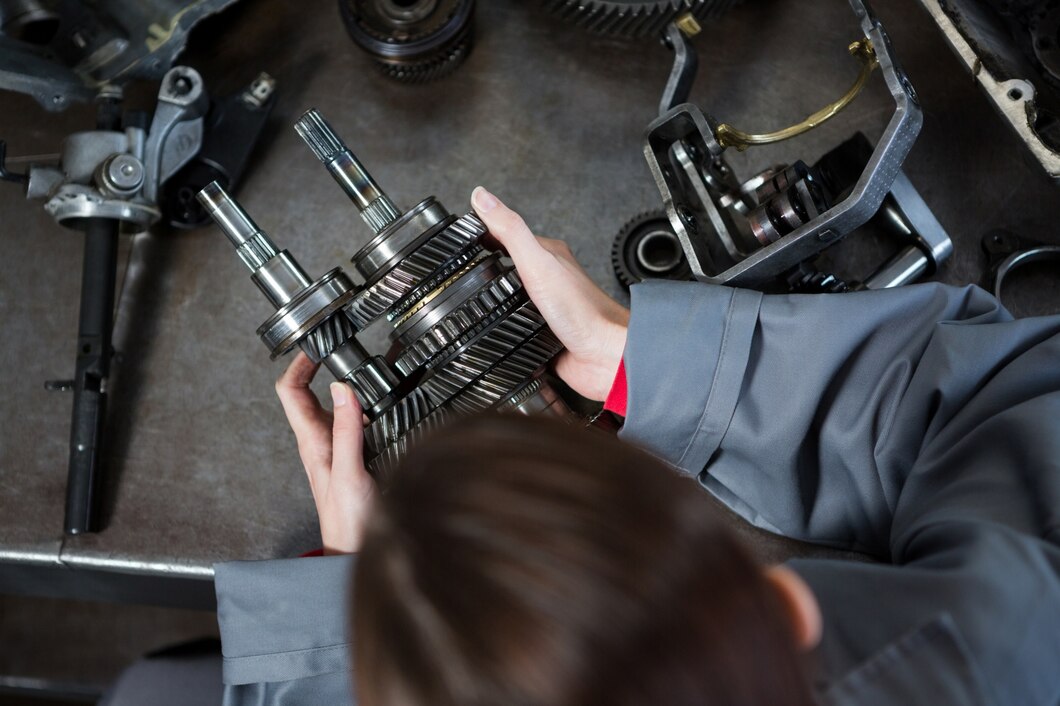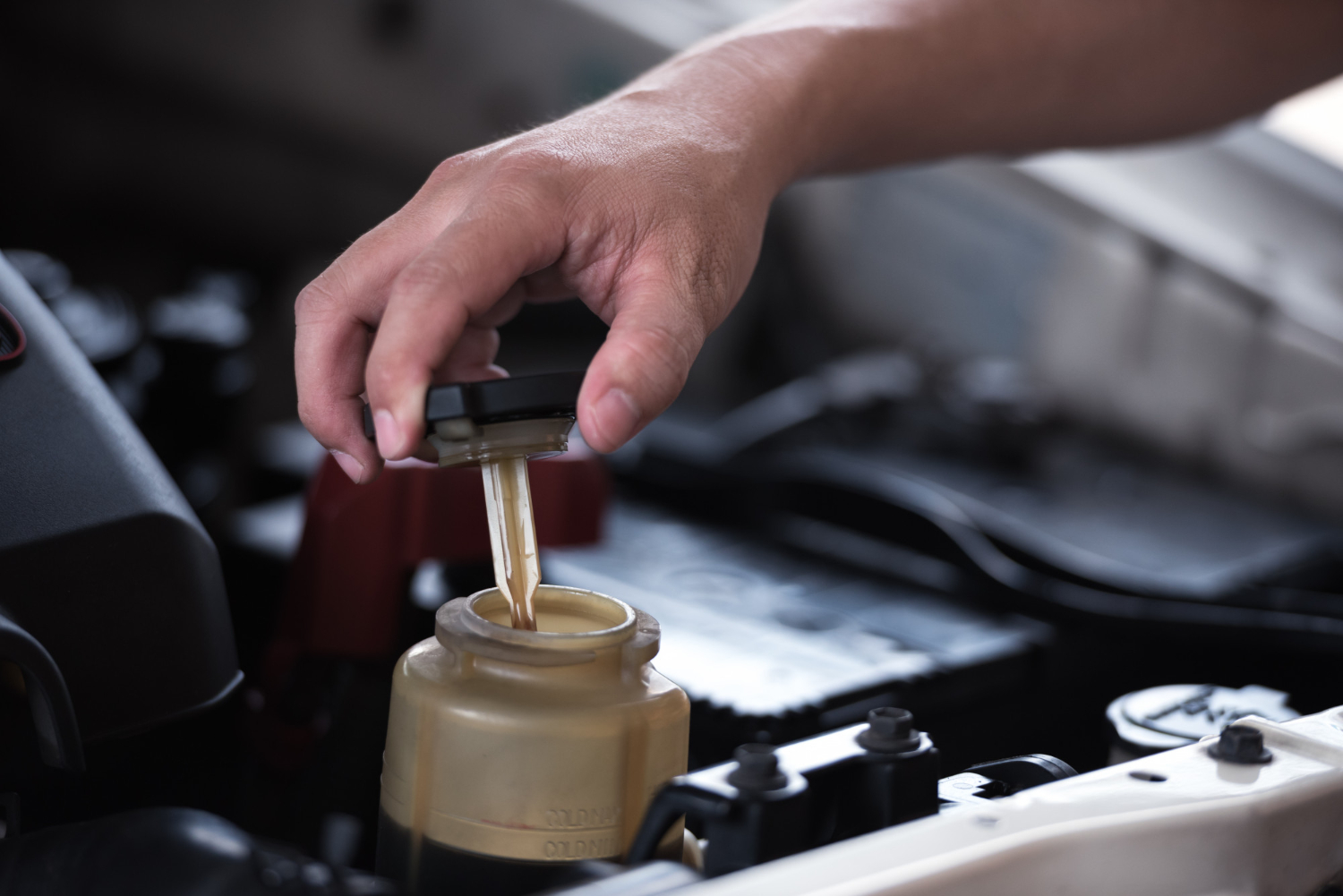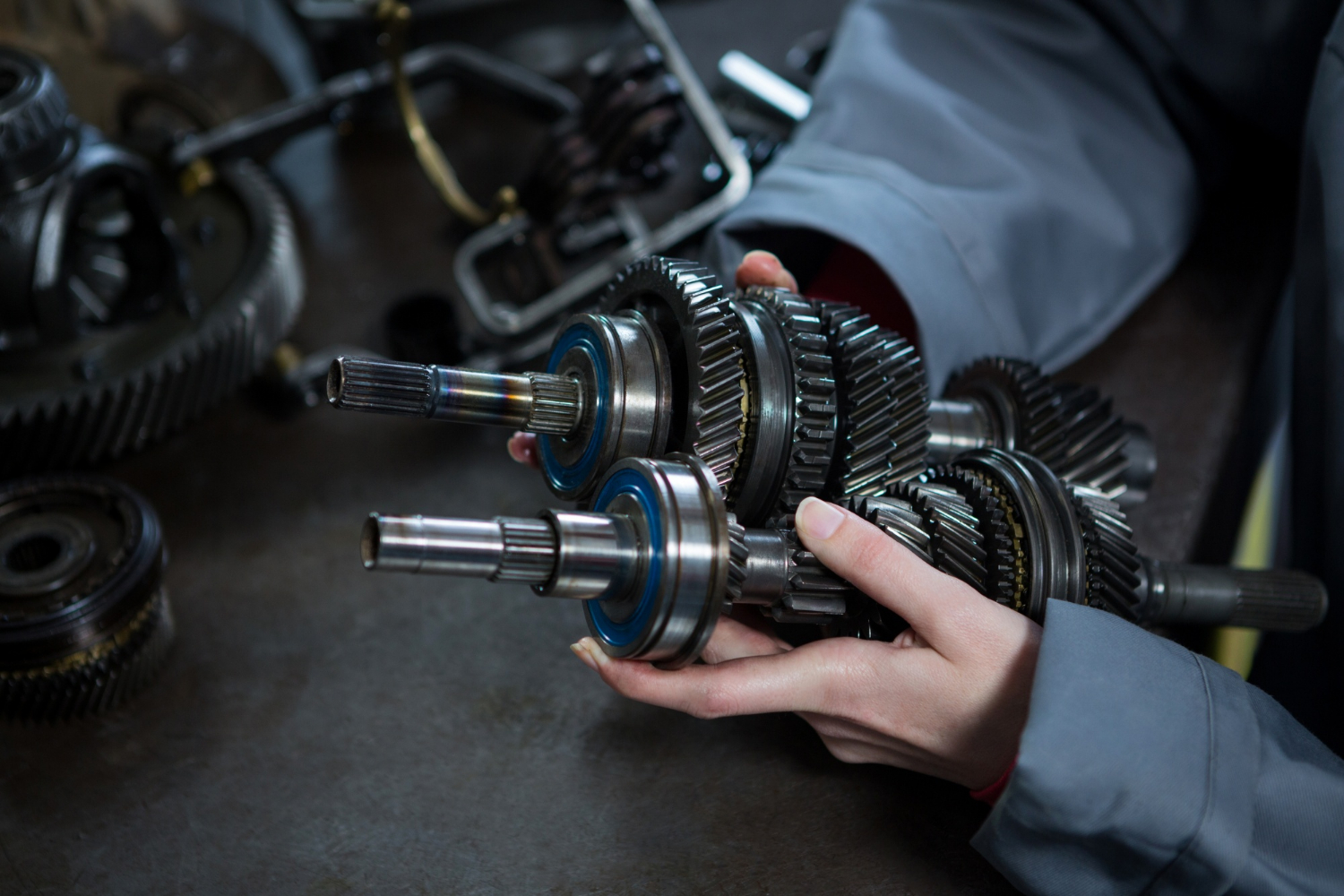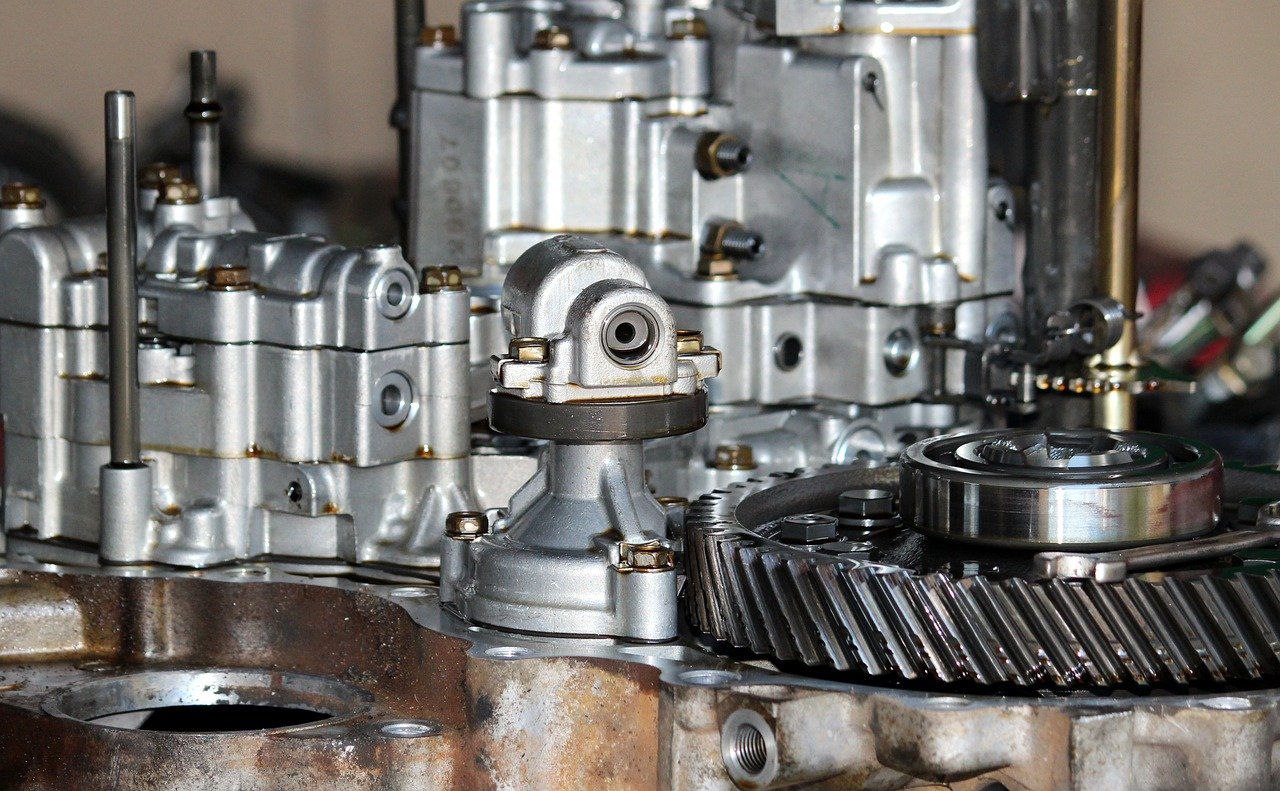Keeping your car running smoothly is something we all want. One of the biggest things you need to look after is your transmission. If you take care of it, you’ll avoid pricey repairs and sudden breakdowns. In the hustle of daily life, your car’s transmission doesn’t get a break. It helps your car switch gears, making sure you enjoy a seamless drive. If you’re not watching out for it, you could end up with some major headaches and big bills.
This guide is here to shed some light on the common pitfalls leading to transmission failure. From simple maintenance routines to understanding your driving habits, you’ll learn practical steps to keep your transmission in tip-top shape. Let’s delve into some smart tips to keep those gears turning smoothly and help you sidestep potential problems down the road.
Regular Transmission Maintenance
One of the easiest ways to prevent transmission troubles is through regular maintenance. This might sound tedious, but it’s truly your best defense against major issues. Think of it like brushing your teeth to avoid cavities. Doing regular check-ups and changes for your transmission fluid is a great start. But why is this fluid so important? Transmission fluid does a big job. It’s a lubricant, coolant, and a cleaner all in one. Over time, the fluid can become dirty and lose its effectiveness, which can lead to wear and tear on the transmission.
Routine inspections are just as important. When you bring your car in for these inspections, professionals can spot early warning signs of trouble. It’s much cheaper to fix a small issue than to wait until it turns into a big, expensive problem. Here’s a handy list to help you remember the basics:
– Check fluid regularly for optimal levels and color.
– Ask about replacing the filter to keep debris out of system.
– Schedule routine inspections to catch issues early.
Staying ahead with maintenance means you’re less likely to have to deal with disappointing surprises on the roadside. It’s about keeping the health of your vehicle in check and ensuring your drives remain smooth and uneventful.
Proper Driving Habits
Your driving style plays a big role in the health of your transmission. Aggressive driving, like rapid gear shifting and hard acceleration, can create unnecessary stress on your transmission system. This stress can lead to overheating and premature wear. Think of your car’s transmission like an athlete; it performs best when it’s not pushed to its limits constantly.
Keeping your driving smooth is key. Here are some tips to consider:
– Avoid rapid stop-and-go driving whenever possible.
– Try to ease into changes in speed instead of accelerating or decelerating sharply.
– Use cruise control on the highway to help maintain a steady speed.
Incorporating more relaxed driving habits not only benefits your transmission but also makes for a more comfortable ride. By treating your car gently, you’re likely to extend the transmission life and save on repair costs over time.
Signs of Transmission Problems
Spotting transmission troubles early can be a real lifesaver. Knowing what to look for helps catch problems before they become costly repairs. Some key symptoms should never be ignored. If you detect unusual noises like buzzing or clunking when your car shifts gears or if you notice a delay in shifting, these are red flags. Another common sign is fluid leaks under your car. Since transmission fluid is often bright red or brown, it’s relatively easy to spot.
Here’s a quick list of things to watch out for:
– Unusual noises when shifting
– Delayed or hard shifts
– Fluid leaks under the vehicle
– Warning lights on the dashboard
When these issues pop up, it’s wise to seek professional help right away. A mechanic can diagnose the problem and prevent further damage, potentially saving you from a full transmission replacement.
Professional Inspection and Repair
Regular checkups by a professional mechanic are invaluable. While it might be tempting to go the DIY route, transmissions are complex and pricey to fix if things go wrong. Mechanics have the expertise and tools needed to keep your transmission in top shape. Routine inspections can catch minor issues before they escalate into major headaches. Small fixes are generally much easier and affordable than a complete overhaul.
Professionals also ensure that everything is done right, using quality parts suited for your vehicle. Trusting the experts means not only fixing what’s currently wrong but also preventing future problems and extending the lifespan of your transmission.
Keeping Things Running Smoothly
Remembering to adopt a proactive approach to transmission care pays off both in time and money. By combining good driving habits, regular maintenance, and professional inspections, you can keep your vehicle running smoothly. This balance ensures fewer issues and less downtime, allowing your car to serve you well on every journey.
Staying informed and vigilant helps protect your investment in your vehicle. With attention and care, your transmission will be reliable and durable, making your drives enjoyable and stress-free.
Keep your vehicle’s transmission running efficiently by integrating good maintenance habits and quality professional help. If you’re looking for a reliable solution, consider a used automatic transmission that suits your needs. Explore the options at Airline Auto Parts and ensure your car remains dependable for the long haul.

















